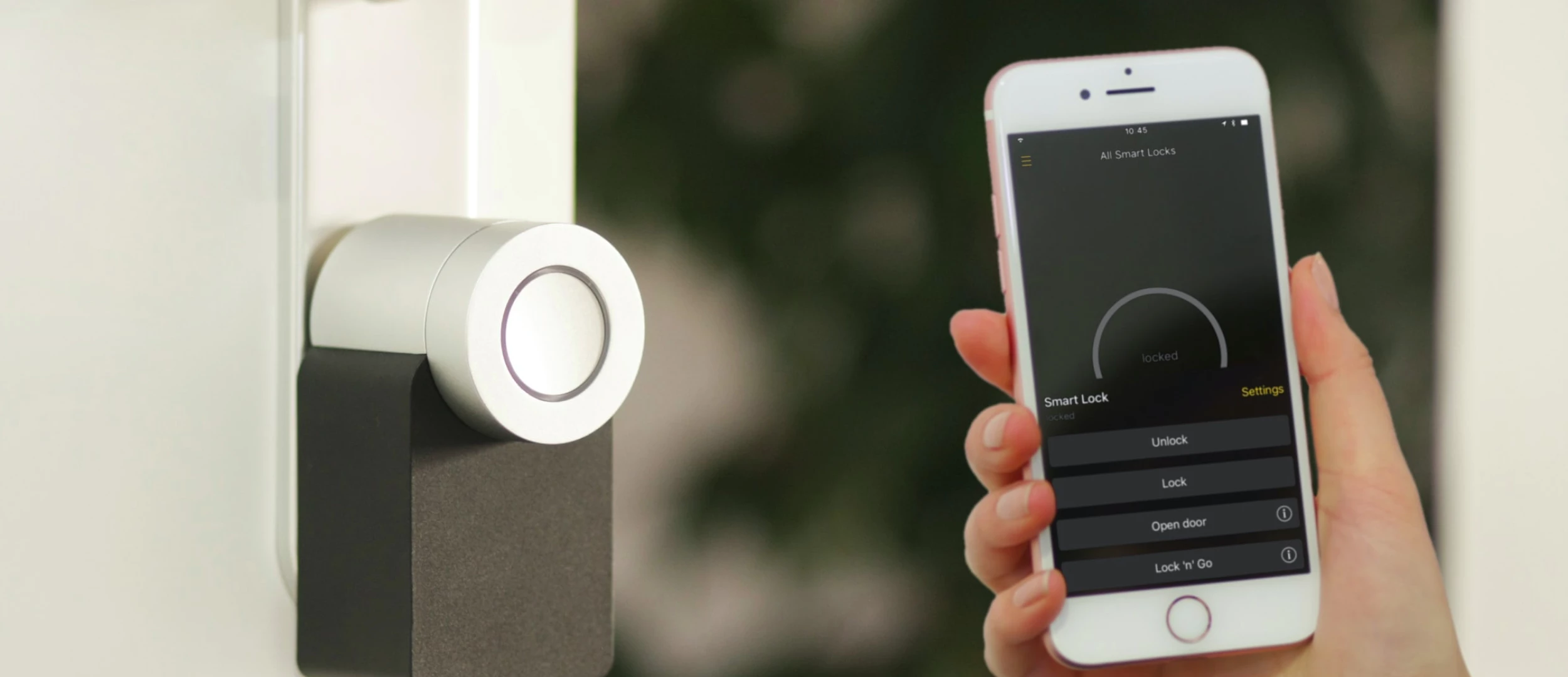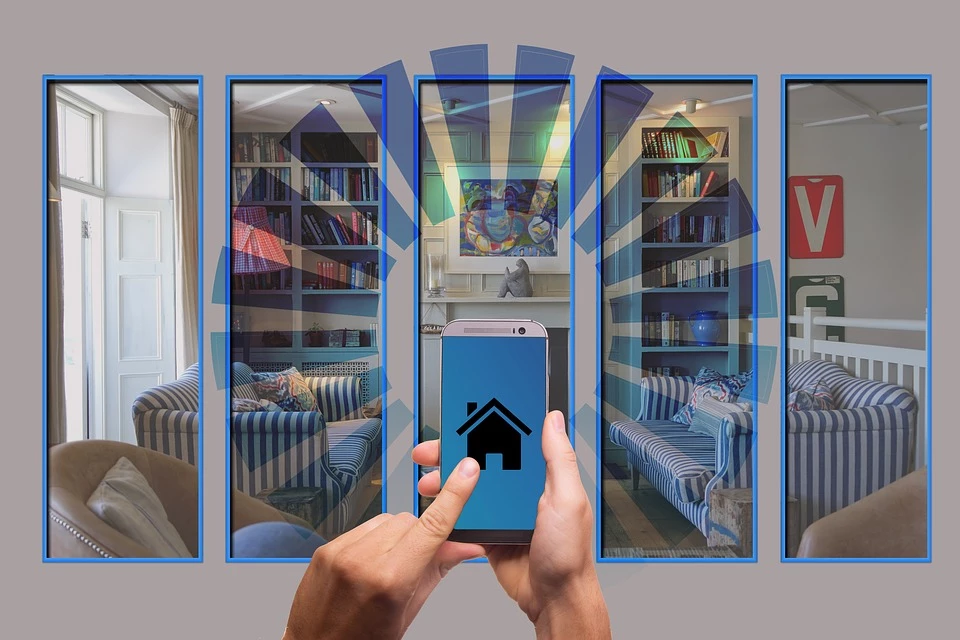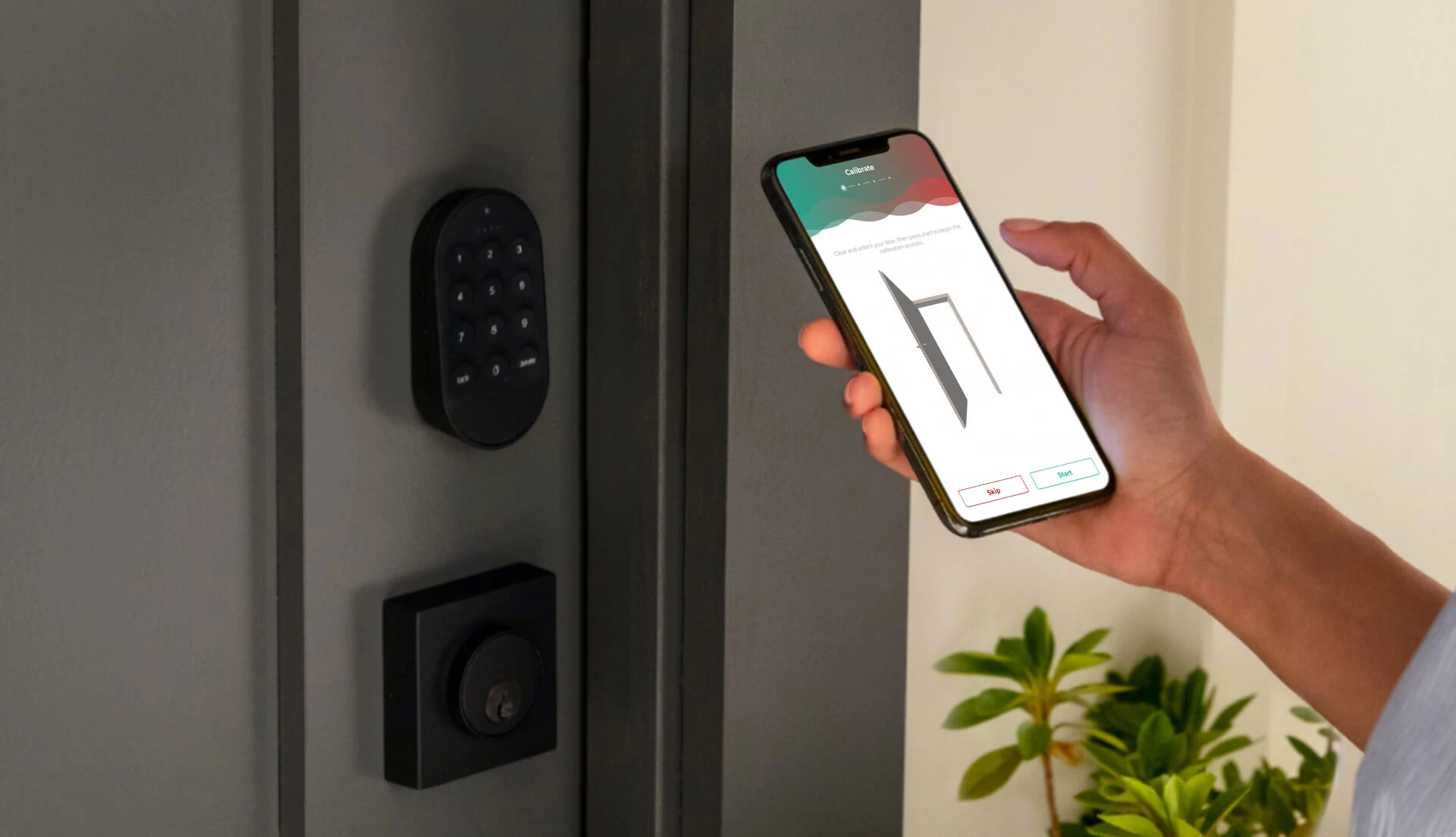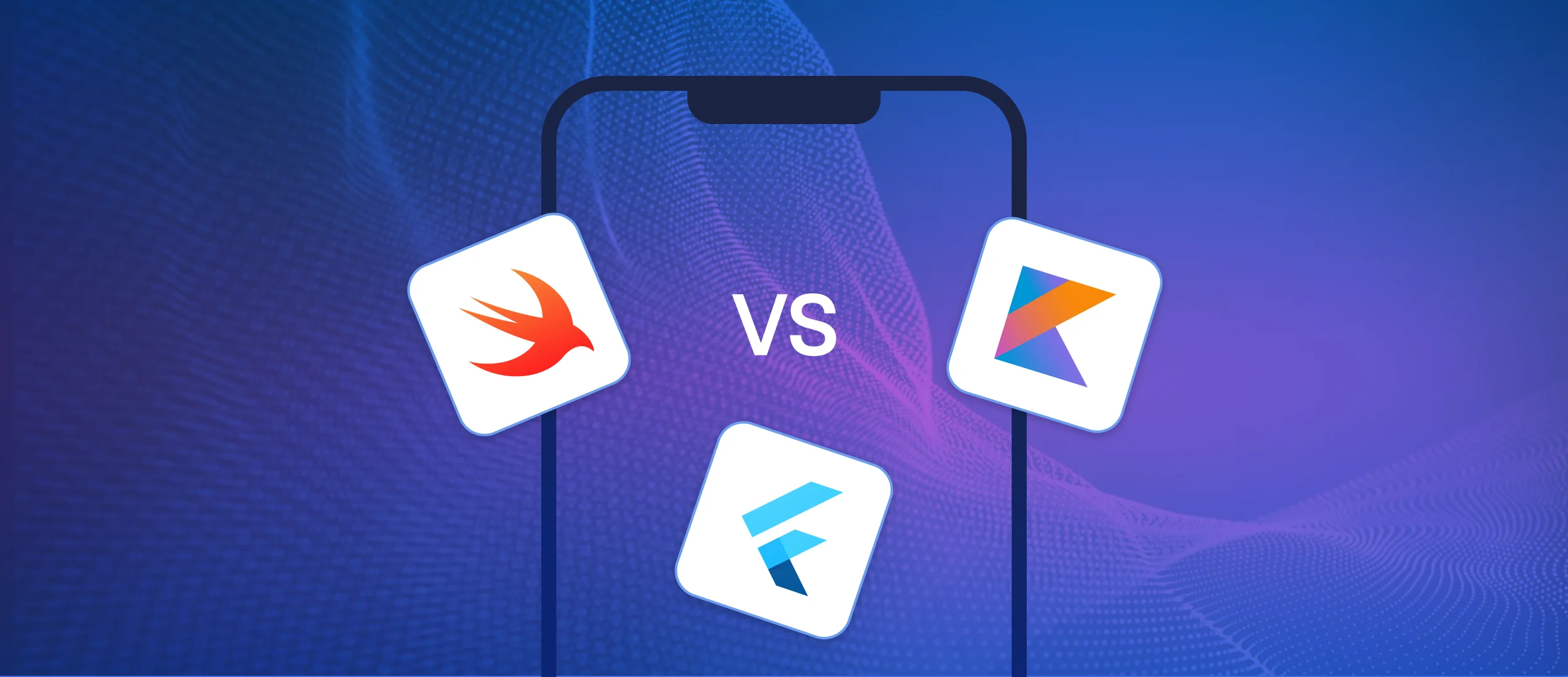
The Internet of Things is about connecting devices to a computer network to make them “smart” and interconnected. These connections allow you to remotely collect and exchange data, manage devices, and set rules for actions for devices. Thus, the Internet of Things devices simplifies the daily life of people. Find out the key principles of Internet of Things app development.
What is IoT?
IoT includes devices such as:
- devices that go online and interact with each other
- method of machine-to-machine connection (M2M) without human
- Software that directly interacts with humans
Where is it Used?
In any industry where something can be automated (IoT in agriculture, logistics, Smart City), where there is a need for remote monitoring of the state of objects or collection of big data for analysis. IoT saves on equipment maintenance: sensors collect information about its condition, so maintenance is carried out when it is needed. Prevention is always cheaper than repair.

IoT smart homes, smart offices, and industrial IoT devices have been increasing in popularity for many years, but the integration of IoT services is still quite low. In turn, the technology underlying IoT products are becoming more accessible, which means that IoT solutions will evolve not only for big businesses but also for ordinary users.
Internet of Things App Development: Stages
1. Select your devices
You don't have to be a manufacturer of your own IoT devices. It may be better to consider integrating with existing solutions to reduce the cost of developing your product. In our case, we created mobile applications for IoT devices that were developed from scratch.
How to choose IoT devices?
Whether you are building your own devices or integrating an application with existing solutions, make sure they meet the criteria:
- data storage and processing capabilities
- industry communication standards
- efficient power management
2. Priority of safety
The security of IoT applications is one of the greatest challenges facing the world of Internet-connected networks.
Attacks typically include distributed DOS attacks, spam attacks, and takeovers due to poor code quality, bugs, or unauthorized access. As the number of IoT devices continues to grow, a lot of time must be devoted to the security of communications and a software product.
3. Select an IoT platform
The IoT Platform is a framework that ties together the major parts of the IoT architecture. You can develop your solution or use one of the existing platforms such as Google Cloud Platform.
IoT platform types typically include:
- end-to-end platforms: provide complex solutions for example data transfer and processing, analytic and application implementation
- connectivity platforms: provide a network for connecting devices within the system
- cloud solutions: provide reliable infrastructures with high scalability
4. Focus on User Experience (UX)
Building an IoT product follows the basic principle of software development — putting users first. To avoid many mistakes, answer the following questions:
- What problems should your development solve?
- What actions do you want to make easier for your users?
It is important to conduct research and business analysis of the problem, the experience of solving similar problems of competitors and the users. It is worth understanding exactly how people act now. This will help you understand how people will use your product.
Want a web app that does more?
Let's build a solution that's smart, sleek, and powerful.
Alina
Client Manager

5. Make it work
It is important to think not only about the benefits for the users but also about the convenience for the people who will serve your devices because people always strive for things that are easy to use and maintain. The user will think twice if he hears from people who install or maintain such systems about some difficulties that may arise.
Also, it is important to give managers the ability to simply draw conclusions and collect analytics from your IoT app. Let them see the bigger picture and use the information to make informed decisions.
Our Experience
The Stfalcon team has experience in the Internet of Things app development. The result of our team's work is successfully used in various products not only within our country but also in the United States.
We have created software for interacting with different types of devices: from home climate control systems, working with various types of sensors to interacting with security systems such as smart locks.
At the moment, we can boast of our expertise in providing control of heating and air conditioning systems for private houses, monitoring the current state of various events, such as water leakage, smoke, or exceeding the permissible concentration of carbon dioxide.
We also have experience working with IoT app development security systems and access control. In particular, we understand how to better implement interaction with systems that may be susceptible to cyberattacks. Implementation of multi-level encryption, algorithms for preventing brute-force attacks, constant checks and reconciliation of checksums, and full redundancy of communication channels not only with the IoT device but also with the servers. We usually use such optimal communication channels as BLE, Mqtt, NFC.
Contact us and we will be happy to help you with Internet of Things app development!

 Read the full case study
Read the full case study


